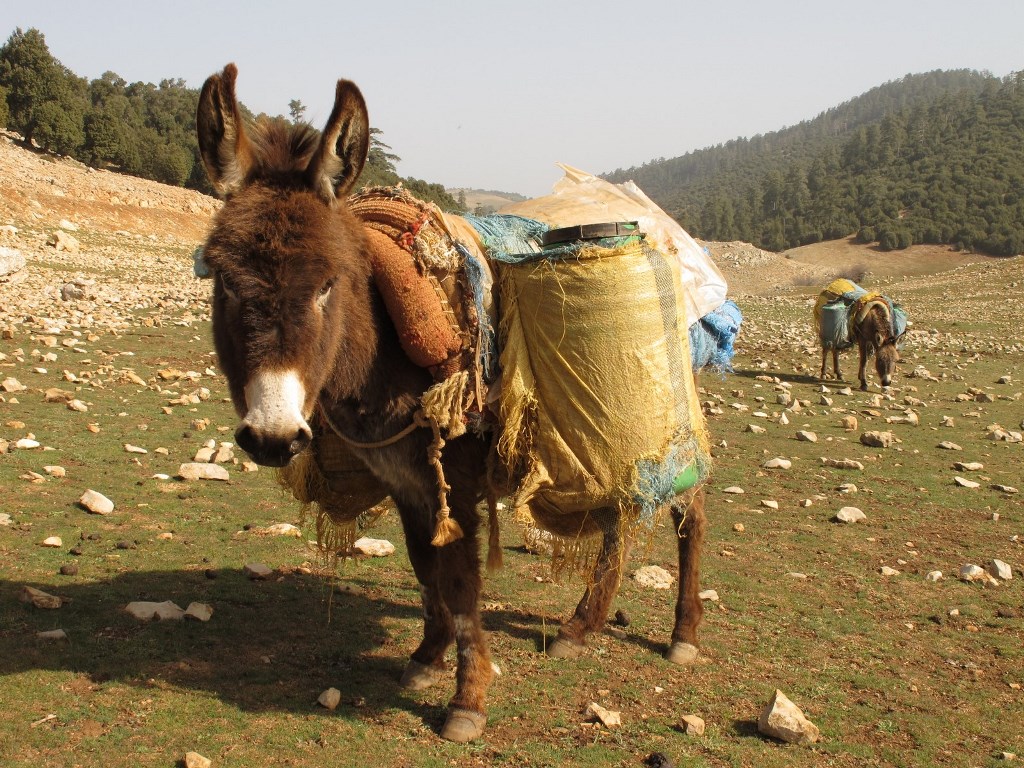Sixty percent of all the water resources in Central Asia forms in Tajikistan, however, the half of its population faces many problems related to the access to safe drinking water, says Central Asian Bureau for Analytical Reporting (CABAR).
From the whole volume of natural stocks of water Tajikistan reportedly uses only 17-20%.
CABAR notes that a vast number of normative legal acts, including 15 programs, action plans and strategies for provision of drinkable water for population were designed and implemented on different stages with some of them being in a process of actual realization. Given all the efforts, provision of safe drinking water for population, however, remains among country’s most important issues.
For today only 51.4% of Tajikistan’s population has an access to safe drinking water and good sanitary conditions. This group includes 86.9% of country’s urban population, 61.5% of municipal residents and 43.4% of those who live in rural areas. The remaining 49.6% of Tajikistan’s citizens are in acute risk of not having an access to drinkable water or using sanitarily and hygienically unsafe water.
Only 68% of water infrastructure in urban Tajikistan is in working condition, 7% is in partial functionality and 25% has a nonoperational status. In rural areas, 40% of water infrastructure is active, 44% is not fully functioning and 16% is in workless condition.
The situation with access to safe drinking water in rural areas of Tajikistan is even more problematic. The number of rural population that are exposed to water shortage is two times bigger than in large cities.
In particular, districts of Jaihun, Qubodiyon, Nosir-Khusrav, Vose, Abdurahmoni-Jomi, Shahritousand and Vakhsh in Khatlon province as well as Konibodom and Panjakent districts in Sughd province are of the most concern. Population in these regions usually attempt to collect water from ground sources water, which is not necessarily safe. Such situation increases the risk of typhoid fever, diarrhea, cholera and bloody flux among those who use such sources of water.
A similar pattern can be observed in the districts subordinate to the center and the Gorno-Badakhshan Autonomous Region (GBAO). GBAO governor Yodgor Faizov stated that even the half population of region center, Khorog, have problems with an access to safe drinking water.
Those who do not have a proper access to water reportedly fall back on other ways. Some people buy water from water tank that are brought by trucks to villages and towns lacking safe drinking water. As a rule, a price for one water bearer may fluctuate between 80 and 150 somoni depending on volumes and delivery distance.
Others try to fill up their water stocks from distant wells and other water sources using carts moved by horses or donkeys to transport the collected water.
In cities, access to drinkable water is also far from perfect. For example, in Dushanbe the majority of multistory buildings water supply is cut off from 11 pm. In dormitories, water is provided only within 2-3 hours twice a day.
According to the article, the factors impeding water supplies for the population include rapid population growth, natural disasters and urbanization, and ineffective use of water.








Tajikistan hosts international forum on combating corruption in business
A ten-year-old boy, likely from Tajik family, killed in school xenophobic attack in Moscow region
Top earning players in Tajikistan’s 2025 premier league: the most expensive XI revealed
Regional diplomats urge lift of sanctions on Afghanistan at Tehran meeting
Emomali Rahmon reiterates concern over wearing "of clothing alien to the national culture”
President of Tajikistan proposes measures to improve credit system and housing accessibility
Salaries and social benefits to be increased in Tajikistan starting september 2026
Emomali Rahmon: "Food security in Tajikistan reaches 85%"
Emomali Rahmon: "In 2027, Tajikistan will forget about power shortages"
Emomali Rahmon: "State budget revenues have grown by 65% in the last five years"
All news
Авторизуйтесь, пожалуйста